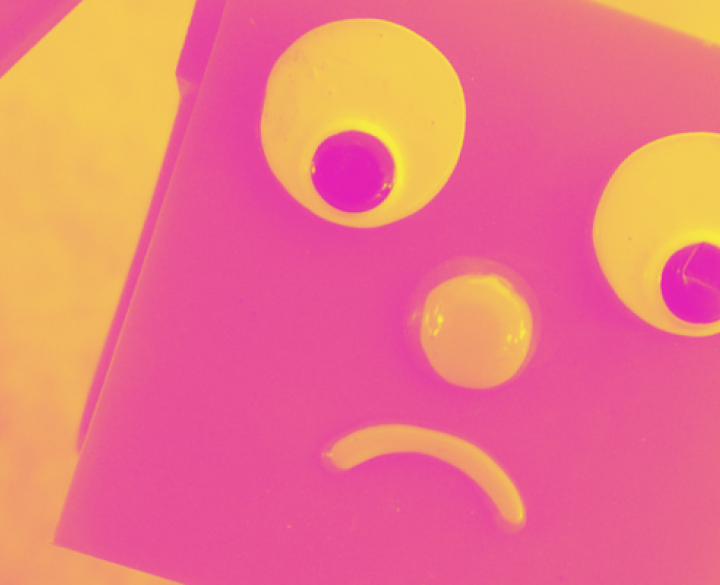Toys contribute to child development and play is an essential part of growing up. However, toys have to be safe for children to play with. Ensuring that toys marketed in the EU do not put children at risk is a priority.
EU legislation aims to ensure that toys meet safety requirements that are amongst the strictest in the world, especially in relation to the use of chemicals in toys.
Compared to the former Directive 88/378/EEC, the Toy Safety Directive 2009/48/EC puts in place stricter requirements for chemicals:
- Chemicals that are susceptible to cause cancer, change genetic information, harm fertility or harm an unborn child (so-called CMR substances) are no longer allowed in the accessible parts of toys beyond the concentration limits set in the Regulation on Classification, Labelling and Packaging of substances and mixtures, or unless they are considered safe following a rigorous scientific evaluation.
- 19 so-called 'heavy elements' like mercury and cadmium are not allowed in toy parts accessible to children beyond the limits laid down in Toy Safety Directive 2009/48/EC.
- 55 allergenic fragrances have been banned. However, some of them, and another 11, may be used in certain toys provided that they are indicated on the label and comply with additional requirements.
Toy Safety Directive 2009/48/EC
The Directive lays down the safety criteria that toys must meet before they can be marketed in the EU. Toys must also comply with any other EU legislation applicable to them.
The essential safety requirements cover general risks (health and safety of children, as well as other people such as parents or caregivers) as well as particular risks:
- physical and mechanical
- flammability
- chemical
- electrical
- hygiene
- radioactivity
Toy safety standards EN 71 (1-13)
EN 71 compliance is mandatory when importing toys to the European Union. Yet EN 71 compliance is more complex than affixing a CE mark.
EN 71 is a series of 13 European Product Safety standards applying to all toys sold in the European Union.
- EN 71-1: Mechanical and physical properties
- EN 71-2: Flammability
- EN 71-3: Specification for migration of certain elements
- EN 71-4: Experimental sets for chemistry and related activities
- EN 71-5: Chemical toys (sets) other than experimental sets
- EN 71-6: Graphical symbols for age warning labelling
- EN 71-7: Finger paints
- EN 71-8: Swings, slides and similar activity toys for indoor and outdoor family domestic use
- EN 71-9: Organic chemical compounds – Requirement
- EN 71-10: Organic chemical compounds – Sample preparation and extraction
- EN 71-11: Organic chemical compounds – Methods of analysis
- EN 71-12: N-Nitrosamines and N-Nitrosatable Substances
- EN 71-13: Olfactory board games, cosmetic kits and gustative games
Whether a product is imported from China, Bangladesh, etc. or manufactured within the European Union, EN 71 compliance is always a legal requirement.
What happens with non-compliant products?
Because EN 71 compliance is mandatory, selling non-compliant products will result in a forced recall from the market, and can even lead to a lawsuit, in case anyone is injured by the non-compliant product.
Please note that the EU will never compensate importers of non-compliant products, even if the supplier caused the problem. The responsibility lies with the importer of the toy!
Testing
BELAC 56-TEST-19 lists the tests for which Centexbel is accredited, including the following tests on toys:
- EN 71-1: Mechanical and physical properties
- EN 71-2: Flammability
- EN 71-3: Specification for migration of certain elements (metals, arylamides and formaldehyde)
- EN 71-10: Organic chemical compounds – Sample preparation and extraction
Toys testing
Chemical testing
Centexbel offers a Quick Test Package to assess the safety of toys, including
- the determination of chemical components (EN 71-3)
- our expertise in the chemical composition of textiles and chemical substances allows us to quickly detect and analyse the most common organic chemical components (EN 71-9,10 & 11)
In addition, REACH Annex XVII lists a number of chemicals that are highly restricted in toys.
Centexbel tests the presence of these chemicals via different methods:
- Polycyclic aromatic hydrocarbons (PAHs) (AfPS GS 2019:01)
- Phthalates (CPSC method)
- Benzene (Static headspace GCMS)
- AZO dyes in textile or leather toys (EN 14362-1)




